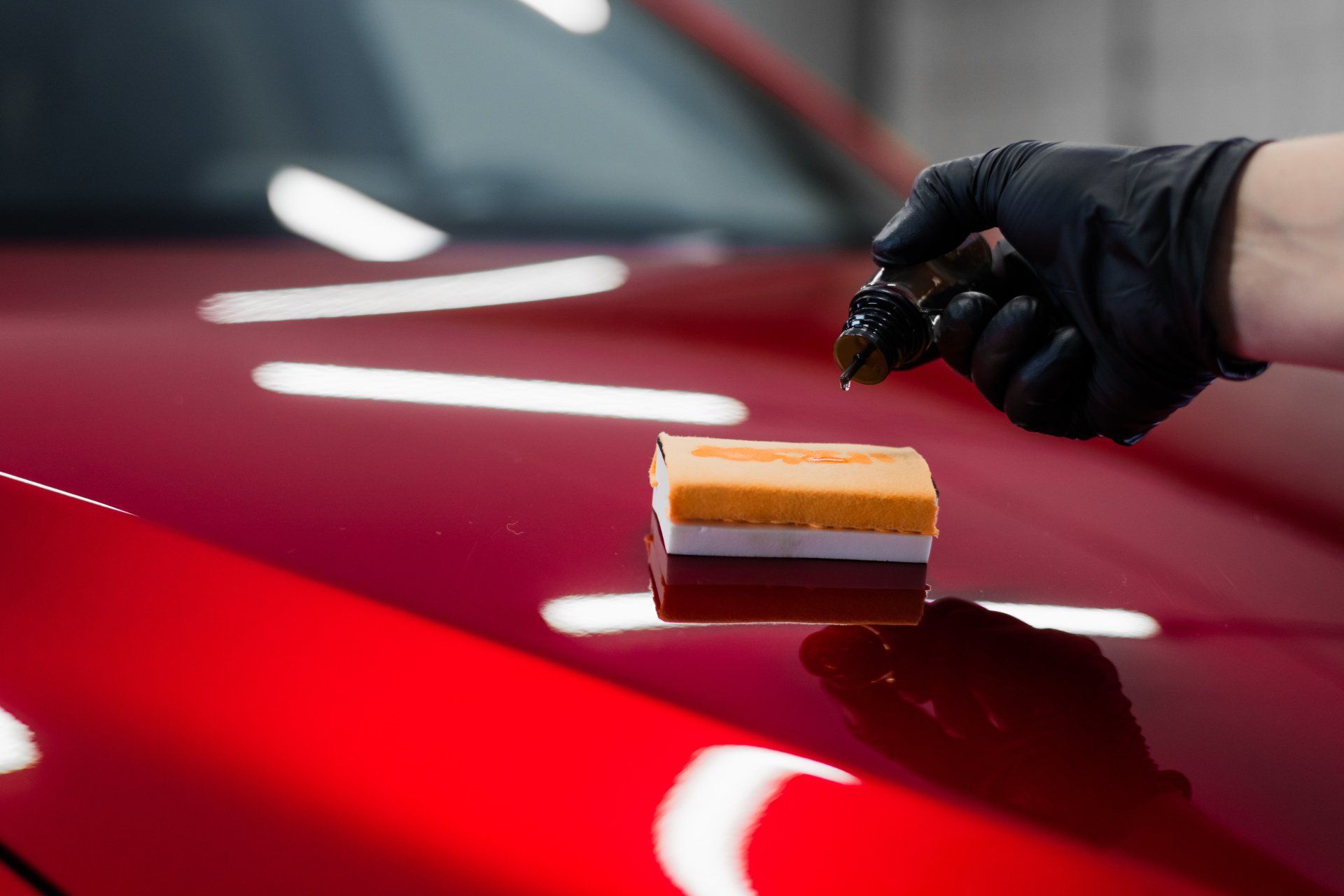A Comprehensive Guide to the Kinds of Ceramic Covering on the Market
Ceramic coatings have emerged as an essential remedy across various markets due to their special properties and applications. As we explore the distinct characteristics and applications of these coverings, the implications for performance and longevity come to be significantly apparent, elevating questions about which type may ideal match your requirements.
Recognizing Ceramic Coatings
Ceramic coatings are advanced protective solutions that have acquired popularity in various sectors, especially in aerospace and auto applications. These coatings contain a fluid polymer that, when healed, creates a long lasting, hydrophobic layer on the surface area of the substrate. This layer offers enhanced resistance to environmental contaminants, UV radiation, and chemical direct exposure, therefore expanding the life and aesthetic appeal of the underlying product.
The basic element of ceramic finishings is silica, which adds to their hardness and resilience. The application process commonly entails surface preparation, application of the layer, and healing, which can be accomplished through heat or UV light. As soon as healed, ceramic coatings exhibit phenomenal bonding buildings, permitting them to stick strongly to a range of surfaces, consisting of steels, plastics, and glass.
In addition to their safety attributes, ceramic finishings also offer simplicity of maintenance. Their hydrophobic nature lowers the adherence of dirt and crud, making cleaning less complex and less constant. In general, the fostering of ceramic coverings stands for a considerable advancement in surface defense innovation, giving both functional and visual advantages across several sectors.
Sorts Of Ceramic Coatings
Numerous sorts of ceramic finishes are available, each created to fulfill particular efficiency needs and applications. The most typical kinds consist of:
Silica-based Coatings, these coverings mostly are composed of silicon dioxide and are known for their longevity and chemical resistance. They are widely utilized in vehicle and commercial applications.
Titanium Dioxide Coatings: Distinguished for their photocatalytic residential or commercial properties, titanium dioxide layers are usually applied in settings where self-cleaning and antifungal homes are preferable, such as in structure products and auto finishes.
Zirconia Coatings are characterized by their high-temperature stability and thermal resistance, zirconia finishings are used in applications such as generator engines and high-performance auto parts.
Alumina Coatings, Showing excellent hardness and thermal stability, alumina coverings are frequently used in wear-resistant applications, including cutting devices and commercial equipment.
Crossbreed Coatings:Integrating the residential properties of different materials, hybrid finishings provide improved performance features, making them ideal for one-of-a-kind and requiring applications.
Each kind of ceramic covering serves distinctive objectives, enabling users to select one of the most proper option based on specific ecological conditions and efficiency requirements.
Benefits of Ceramic Coatings

Along with longevity, ceramic layers give exceptional hydrophobic buildings, enabling simple cleansing and upkeep. This water-repellent nature reduces the adherence of dust, gunk, and various other contaminants, which can lengthen the visual allure and functionality of the surface area. Ceramic finishes can considerably boost thermal resistance, making them suitable for applications that endure high temperature levels.
Ceramic coatings can add to power performance by reflecting warm, which is specifically advantageous in commercial and auto setups. On the whole, the numerous advantages of ceramic coverings make them a useful financial investment for different applications, ensuring ideal performance and protection.
Application Refine
When using ceramic finishes, a careful method is important to attain optimum results. A clean surface area makes sure proper adhesion of the finish.
Once the surface area is prepped, the next step is to use the ceramic finishing. The covering needs to be applied in slim layers, as thicker applications can lead to uneven surfaces.
After application, the covering needs a details curing time, generally ranging from a few hours to a full day, depending on the product. Complying with these actions faithfully will make the most of the efficiency and durability of the ceramic finishing, providing a resilient protective layer for the surface.
Maintenance and Longevity
To guarantee the durability and effectiveness of a ceramic finishing, routine maintenance is vital. Ceramic finishes, understood for their toughness and safety high qualities, need particular care regimens to optimize their life expectancy and performance. The initial step in upkeep includes routine washing with pH-neutral soap, staying clear of rough chemicals that can break down the finish. It is a good idea to wash the vehicle routinely, preferably every 2 weeks, to prevent the accumulation of pollutants that might endanger the layer's integrity.
Along with normal washing, regular inspections are critical. Search for indicators of wear or damages, such Learn More Here as hydrophobic homes lessening or surface flaws. If necessary, a light polish might be put on revitalize the finish without stripping it away.
In addition, the application of a booster spray can enhance the finishing's hydrophobic results and recover its gloss. This is particularly advantageous for finishes that have actually remained in usage for an extended period. Ultimately, by adhering to these maintenance methods, one can considerably prolong the life of a ceramic coating, making certain that it continues to offer optimal defense against environmental elements and preserve the visual charm of the automobile.

Verdict
In conclusion, recommended you read ceramic coverings represent a versatile service for a range of applications, providing a variety of types such as silica, titanium alumina, dioxide, and zirconia. On the whole, ceramic layers add dramatically to boosting the toughness and capability of numerous surfaces throughout several sectors.
Ceramic finishes have emerged as a pivotal option across different industries due to their unique residential or commercial properties and applications.Ceramic finishings are advanced safety remedies that have gained appeal in numerous markets, particularly in auto and aerospace applications. Ceramic finishings can considerably boost thermal resistance, making them excellent for applications that withstand high temperatures.
Overall, the many advantages of ceramic coatings make them a beneficial investment for various applications, making sure optimal efficiency and protection.
In verdict, ceramic finishings stand for a flexible solution for a variety of applications, supplying a range of kinds such as silica, titanium alumina, zirconia, and dioxide.